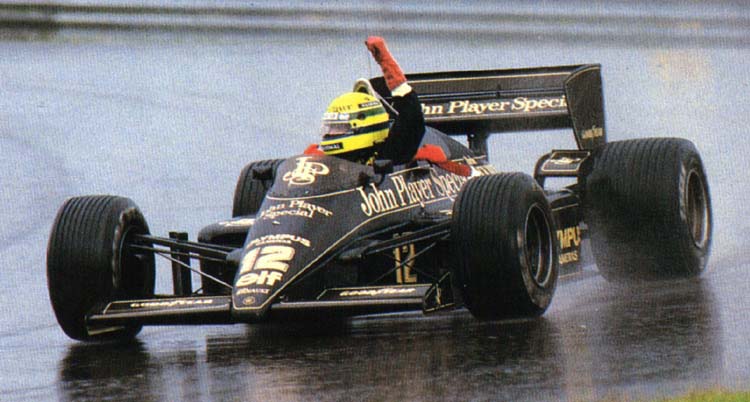bhallg2k wrote:
Exit 1 is different than the so-called "cannon" vents found on Red Bull and other cars, including the one previously seen on the E20.
Those vents release air that's been inducted from the side pods for cooling.
How do you know? - Sorry mate, I don't want to come across as argumentative, but I think it is fair to assume, that there is still a need to went the air from the side pod intakes somewhere, otherwise we would need to see other outlets, if you would like to use Vent 1 exclusively for your VD concept.
bhallg2k wrote:
Exit 1 allows the VD to maintain positive pressure, relative to ambient, without the duct becoming completely pressurized and unable to accept more air flow.
The ability to accept flow at all times is crucial, otherwise the inlets choke and become veritable air dams.
Yes, I do 100% agree with your second sentence, therefore I do not think, that you would like to have positive pressure in the whole system, back to the intakes otherwise, you would just create massive drag, and would not be able to have enough airflow for cooling (the air from the sidepods/radiators which IMHO still needs to exit via Vent 1/Cannon style)
In this context, I feel that this image of yours (the 2nd one), is perhaps a bit misleading:

How about this:
The intakes (ears) around the airbox feed directly the VD slots (Vent 2), if the snorkel/center pillar part becomes saturated, all excess air is vented into the cannon style center exit (Vent 1), to ensue, that you have maximum airflow through the inlets at all times.
The excess air joins the air which comes from the sidepods/coolers anyway in is released into the low pressure zone behind the car, helping to reduce drag a bit along the way.
The element/diffuser around the exit (vent 1) helps to extract the extra portion of air, which comes from the "ears" in addition to the normal air which comes via the sidepod/radiators.
I do agree with you about the primary function of the VD (vent 2) and how it will affect the airflow around the wing, but I think that the sequence is the other way round, and that you never exceed the capacity of vent 1 to make vent 2 (VD) work.
Vent 1 will just "vent" any excess air which vent 2 (VD) can't handle, to ensure that you don't choke the intakes (ears).
bhallg2k wrote:
That said, the VD only has positive pressure relative to ambient pressure.
Relative to the pressure at the VD's inlets, the VD has less pressure.
not quite sure what you mean by this.
Sure you need a pressure differential, otherwise you won't have any air flow, but I'm not quite sure about your definition of "ambient pressure".
I can be wrong of course, wouldn't be he first time, nor will it be the last.
On a side note:
I think Hollus argument/mentioning in regard to a negative effect on braking capability still stands, independent of the fact if this system is switched on/off or "self adjusting".
At top speed you will have less drag, which would have help braking, and due to the lesser rear downforce you can't use the same rear brake force/torque/pressure as with higher downforce, so brake balance most likely would need to be adjusted to account for this.
I don't think, that it is a big deal, just a matter of "can't have your cake and eat it", so need to keep it in mind.
The positives probably outweight the drawbacks.


